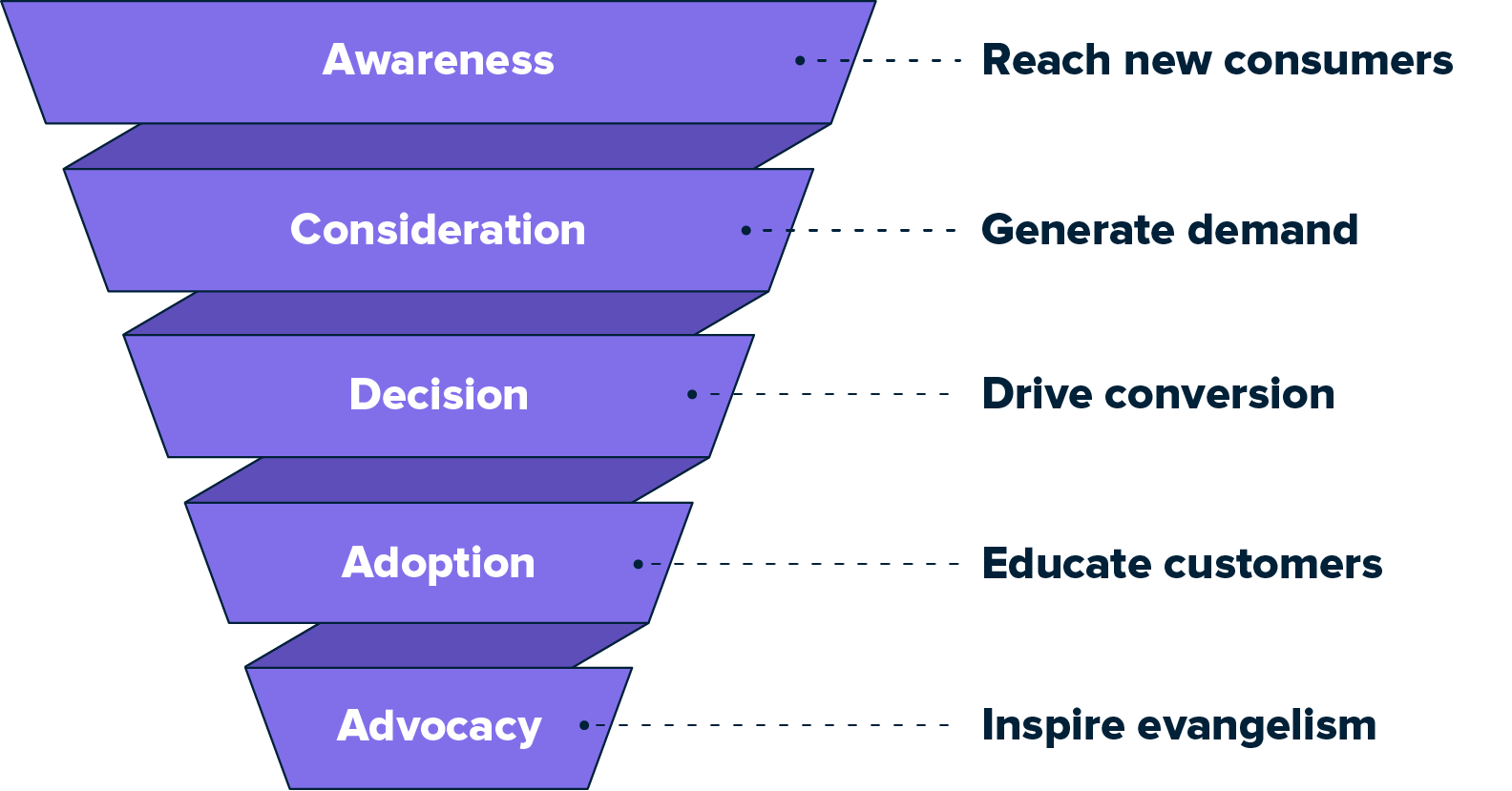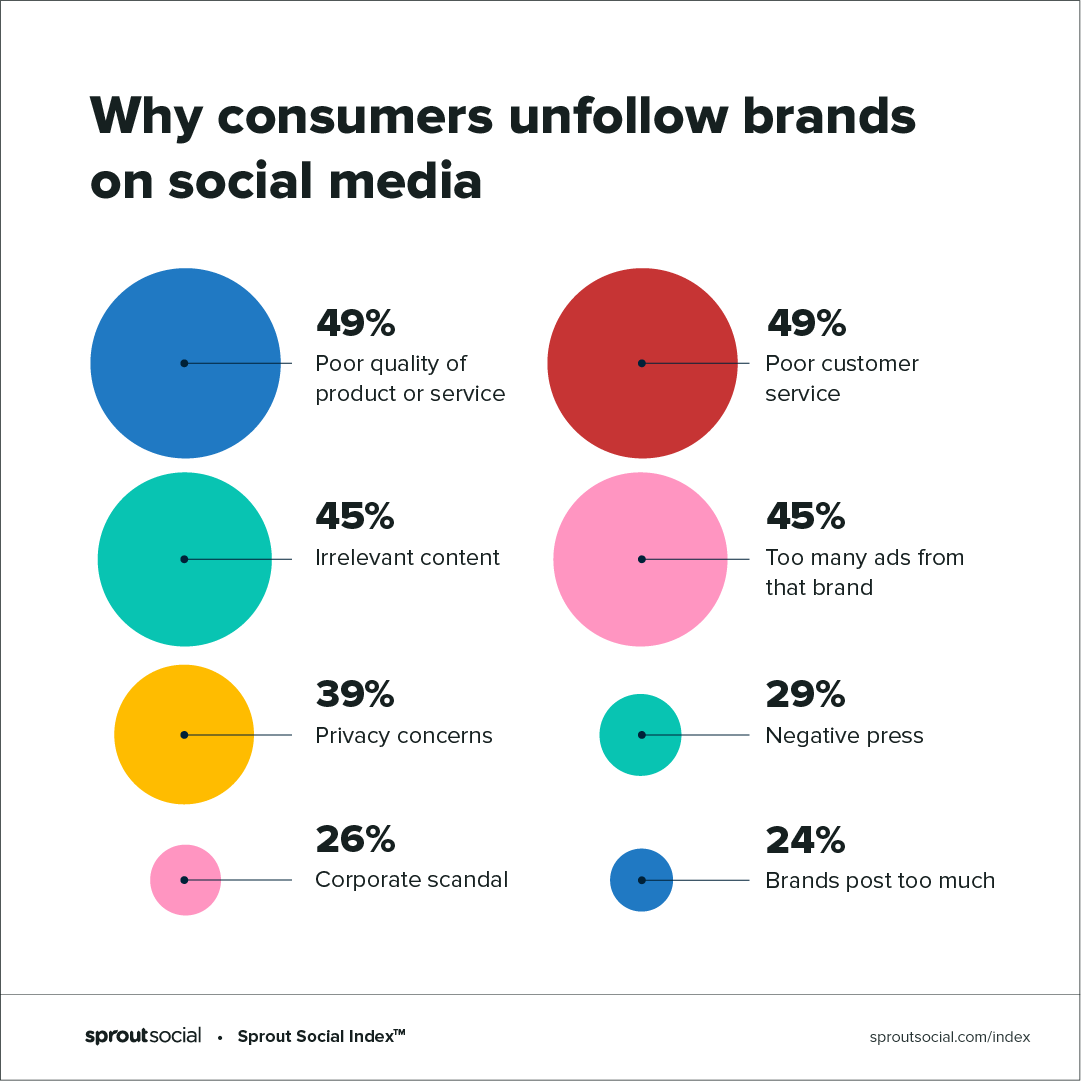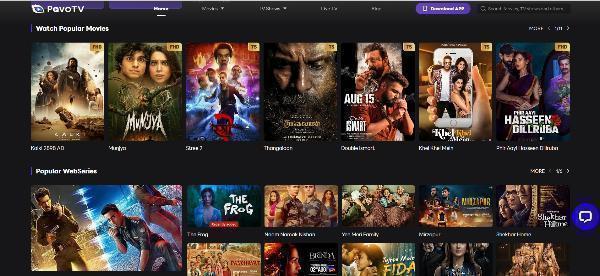7 ways to use data to create better social media content
The social media content calendar is the crux of every social media marketer’s strategy. When done well, content brings your audience closer to your brand, demonstrates your brand’s personality and most importantly, supports your goals.
But what really drives your KPIs?
What is it that your audience feels when they come across your content that then converts to a like, a share or a link click? Why do they feel that?
And how can you continue developing fresh content that replicates success?
You can find the answers to those questions in your social media data. According to The Sprout Social Index™, 60% of marketers plan to connect the value of social to their business goals by quantifying social media engagement and 51% to inform product development for increased revenue.
Reporting on social data is not just about understanding whether you reached your goals and learning what worked or didn’t. On a deeper level, data analysis and reporting are about spinning insights into creative social media content that resonates with your audience more deeply and gives you a competitive advantage.
Keep reading to learn how to create content for social media marketing and supercharge your strategy using data as your inspiration.
1. Determining what worked and what didn’t is all relative
Content should always be aligned to a specific goal. If you’re creating content just because an idea seems fun, that could work out, but what’s your objective? At what stage of the marketing funnel does that content fall?

Ground your content strategy with intention and measurable objectives. Without those, it’s going to be awfully hard to know what data to look for that will show you if that content “worked.”
Create more effective social media content by first making sure you know which KPIs are the right ones. That way when you report back on content performance, you can hone in on the essential data, understand what happened and investigate why.
If you need a little help with content ideas or deciding on your KPIs for each stage of the funnel, check out our social media metrics map!
2. Identify top-performing posts by goal
The starting point for your content inspiration should be your top-performing content and as we’ve already pointed out, success is all relative to your goals. With analytics tools like Sprout Social, you can view performance data post-by-post, sort by KPIs and efficiently determine which content to create more of.
Let’s say you’re launching a new and improved product or service. Look back at your last product launch and past product content performance on social. Here's how you might break down your evaluation of that content:
Goal: Drive conversion
Social KPIs: Link clicks and click-through rate
Analysis of top-performing content:
Evaluate the factors that contributed to your audience engaging and driving those KPIs.Did you use snappy CTAs or were they more direct?What accompanying creative assets did you use and how might they have influenced your audience’s actions?Did you try something new with your content format or stick with a tried-and-true method?If you can at least hypothesize the answers and establish patterns, you can apply your insights, build a flexible content framework and replicate your success.
3. Analyze your low-performing posts
It’s easy to focus on success, but it’s equally important to know which kinds of content might repel your audience. Continuing to spin your wheels on content that has little-to-no value for your audience is a lose-lose situation. In fact, 45% of consumers will unfollow a brand due to irrelevant content.

If you want to be best in class, examine what is not working and diagnose why. Was a CTA missing? Is the content feel off-brand or irrelevant? Has your audience seen the content before? Was the platform the right place for this content type?
If you have a single post in a month that doesn’t perform to your standard, that doesn’t mean you should immediately throw that content out altogether. Instead, look for patterns over time, just as you would for successful posts.
Concerned about content performance plateaus? Use this checklist to jumpstart your content strategy and bounce back.
In a social media management tool like Sprout, you can retroactively add tags to your posts. This can help you keep track of the posts and content types that continue to underperform. Then, you can analyze that tag data to find commonalities that point to low performance and determine which content to discontinue.
4. Always look at engagement and sentiment
Engagement metrics aren’t always an indication that you met a goal, but they do indicate quite a bit about your audience and how to create social media content for them. Consumers revere brands that know how to engage their audience as best in class on social, according to the Index. But going a layer deeper, sentiment, feelings and emotions are what drive a person’s reaction to your content.
Social is a really important tool for our organization and Sprout has helped us gain a much better understanding of who our audience is and what they are looking for from us. Being able to publish content in a way that is responsive to when and why our audience is engaging with the content has improved our engagement metrics.













